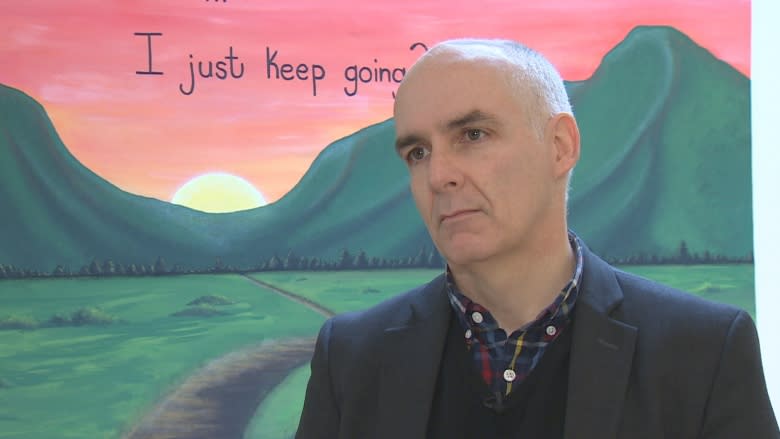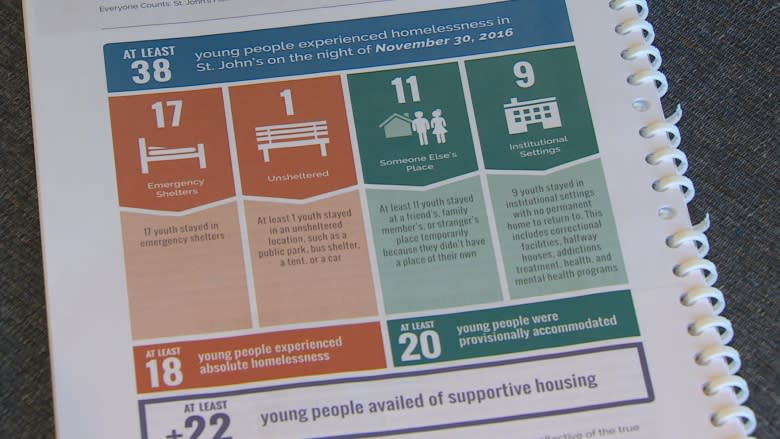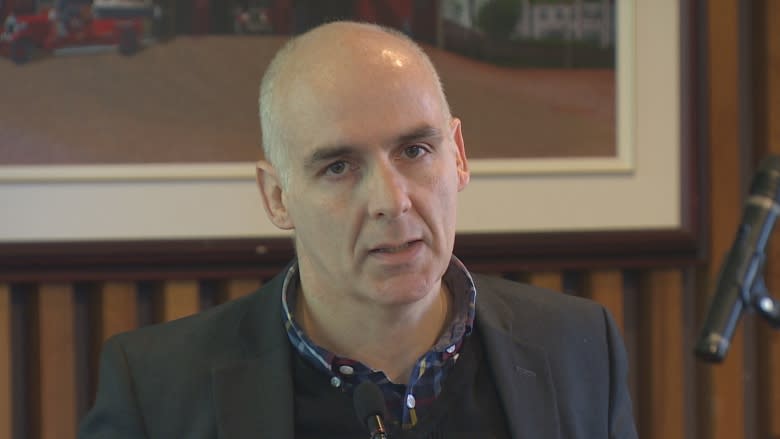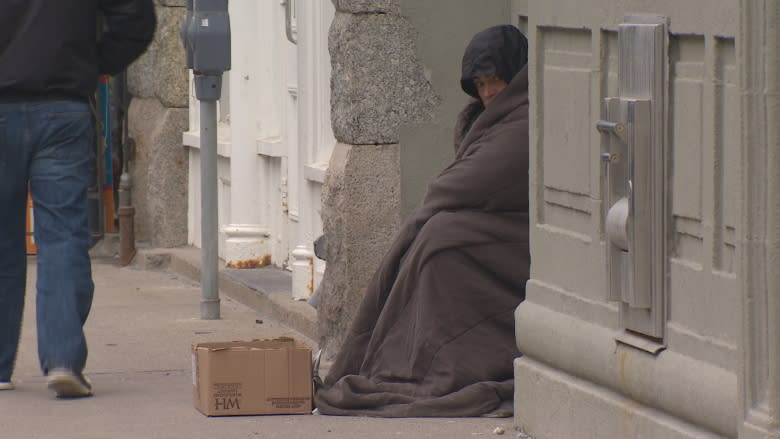Youth homelessness 'pretty stark,' getting worse: Choices for Youth director
The head of a group that works with at-risk youth in Newfoundland and Labrador says youth homelessness is a complex issue that's growing — and the only fix is to entirely rethink the systems currently in place to address it.
"Everyone talks about the silo approach in government — if we keep taking that approach, we're going nowhere fast," says Sheldon Pollett, the executive director of Choices for Youth.
The organization works with about 1,100 young people annually and that number is growing every year, according to Pollett.
He gets choked up while talking about it.
"Many of our young people, you have to realize, are still trying to replace the families that they lost ... And I can't tell you how important it is," he said.
"If you come to Choices for Youth, you're coming because in a lot of cases you have nowhere else to go. That's far too many young people in our community suffering under those conditions. And I think it's going to take all of us to really change that."
By the numbers
On Tuesday, End Homelessness St. John's released a report about a point-in-time count of the city's homeless population on a single day in 2016.
It found that at least 38 young people, between the ages of 16 to 24, experienced homelessness; 22 others were in supportive housing.
The report also showed that almost half of those surveyed had involvement at some point with Child Protection Services. At Tuesday's announcement, Pollett gave a shocking statistic.
"The child apprehension rate in this province has gone up 60 per cent in the last eight years," he said, as the crowd gasped.
"Where do you think that leads us when, down the road, 16 years later, when these children are entering these systems?"
'How do we support young people closer to home?'
Pollett said the report also showed the difference that housing can make for a young person.
"The rate of high school or school engagement and completion goes way up for young people in supportive environments, versus young people who are still struggling day-to-day with where they're going to sleep [and] what they're going to eat," he said.
The numbers also illustrated a national trend, where youth in rural communities are gravitating towards urban centres, like St. John's, to escape certain circumstances or to get access to supports and services.
"So part of the response ... has to be, 'How do we support young people closer to home, in their home communities, across this province?'" he said.
"Because we also know that is one of the best solutions that we can have for young people is keep them [in] their home communities [with] natural supports."
Intervention for prevention
Pollett said young families need the proper supports in place to stop from getting themselves into these situations in the first place.
He said Choices for Youth offers a program for about 45 young mothers and 60 children, that gives them a sense of community and support.
"We call that 'intervention now for prevention later,' because every ounce of intervention and support we can pour into a young mom is helping to ensure that that child doesn't have to grow up and relive this experience later on," he said.
'Completely different approach' needed
Pollett said he believes the current system has its challenges, and requires rethinking about how to support youth and young, vulnerable families.
He's calling on community agencies and various government departments, like justice, health, and education, to get on board and work towards a common goal.
"I think one of the pieces for me is more of what we already know doesn't work will never be the solution to complex problems. So how can we take a completely different approach to how we think about these things?"
Pollett said End Homelessness St. John's is working with government on developing a provincial housing plan, and that housing for homeless and vulnerable youth will be a part of it.
Meanwhile, the child and youth advocate received the homeless report on Tuesday, and will take the rest of the week to delve into the numbers and what they mean.




